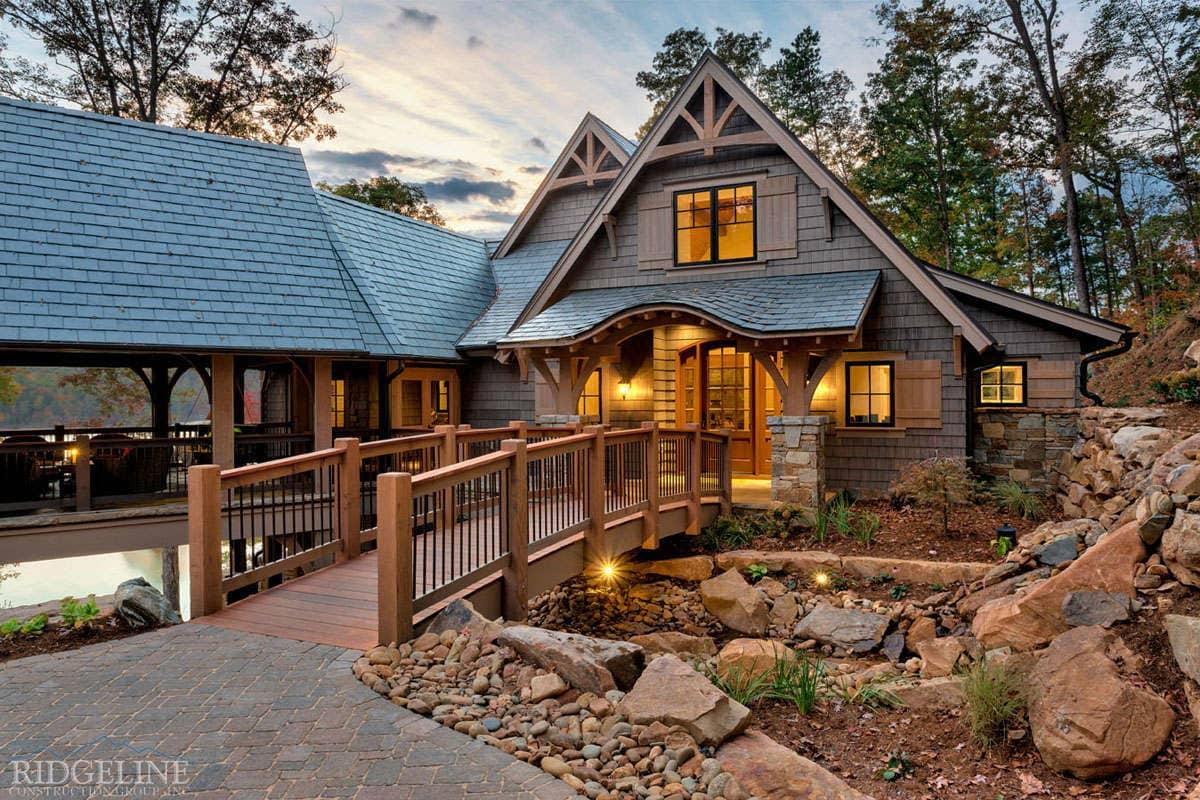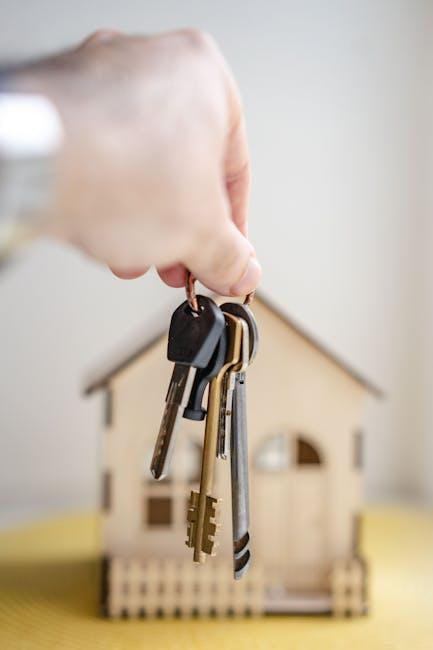In the realm of real estate, the allure of custom-built homes often captivates prospective homeowners, promising a tailored living experience that aligns perfectly with individual tastes and lifestyle aspirations. However, a closer examination reveals that the perceived benefits of custom-built homes may not justify the substantial financial outlay they require. This article delves into the intricate dynamics of the custom home market, juxtaposing the enticing allure of personalized design against the stark realities of economic efficiency and value retention. By analyzing cost implications, market trends, and the potential for overcapitalization, we aim to provide a comprehensive perspective on why custom-built homes may not be the wisest investment for discerning buyers. Through this analytical lens, we will challenge the conventional wisdom surrounding custom homes, offering insights that may prompt a reevaluation of their true worth in today’s ever-evolving real estate landscape.
Evaluating the Financial Implications of Custom Built Homes
When considering the financial implications of constructing a custom built home, it’s essential to weigh the tangible and intangible costs against potential benefits. Custom homes typically come with a premium price tag, driven by the need for personalized architectural designs, bespoke materials, and the involvement of specialized contractors. These costs often exceed those of purchasing a ready-made home, where economies of scale allow for reduced expenses. Additionally, the unpredictability of construction timelines can lead to unforeseen expenses, such as temporary housing and storage for belongings.
Hidden financial burdens may also arise from the customization process itself. These can include:
- Higher land acquisition costs due to the need for a specific location or lot size.
- Increased permitting fees as custom designs may require special approvals.
- Ongoing maintenance and repairs that arise from unique or less tested building materials.
- Potential resale challenges if the custom features are too personalized, limiting the pool of interested buyers.
while the allure of a dream home tailored to one’s exact specifications is undeniable, the financial strain and long-term implications often make it a less prudent investment.
Analyzing the Return on Investment in Custom Construction
Key considerations in this analysis include:
– Market Trends: The real estate market in many areas shows that resale values for custom homes do not always meet the initial costs, especially in neighborhoods with predominantly standard-built homes.
– Buyer Preferences: Not all potential buyers appreciate or value the unique features of a custom home, which can limit the market and affect the selling price.
– Maintenance and Upkeep: Custom features may require specialized maintenance, adding to the long-term costs without a guarantee of increased value.
In essence, while custom homes offer the allure of personalized living spaces, the financial benefits are not always aligned with the initial investment, making it a decision worth scrutinizing for potential homeowners looking at the bottom line.

Exploring the Hidden Costs and Delays in Personalized Housing
When diving into the world of custom-built homes, many prospective homeowners find themselves entangled in a web of unforeseen expenses and time-consuming delays. The allure of a home tailored to individual tastes can quickly diminish when confronted with the harsh realities of the process. Initial budgeting often overlooks several critical factors, such as site preparation, utility connections, and unexpected zoning restrictions. Moreover, custom materials and specialized craftsmanship can inflate costs beyond the original estimates. These hidden financial burdens can turn what seemed like a dream into a financial quagmire.
Delays are another significant drawback of personalized housing. Key contributors to these setbacks include:
- Weather conditions that can halt construction unexpectedly
- Supply chain issues leading to the unavailability of custom materials
- Labor shortages affecting the availability of skilled workers
Each delay not only extends the timeline but also compounds costs, such as additional rental housing expenses for the homeowners during the prolonged construction phase. The excitement of crafting a unique living space is often overshadowed by these logistical challenges, making the pursuit of a custom home a costly and lengthy endeavor.

Recommending Alternatives to Custom Built Homes for Better Value
For those seeking a home that offers both style and substance without the hefty price tag, exploring alternative housing options can yield significant benefits. Prefabricated homes, for instance, have come a long way from their basic origins and now offer customizable designs with the added advantage of faster construction times. These homes are built in controlled factory environments, ensuring high quality and less waste, ultimately translating to cost savings for the buyer.
Another viable option is investing in existing homes that can be renovated to suit personal tastes. This route not only provides the charm of established neighborhoods but also the potential for immediate equity increase. Tiny homes also present an innovative solution, appealing to those who prioritize sustainability and minimalism. These compact dwellings are not only budget-friendly but also offer the flexibility of mobility. Each of these alternatives provides unique advantages, often with greater return on investment compared to traditional custom-built homes.



